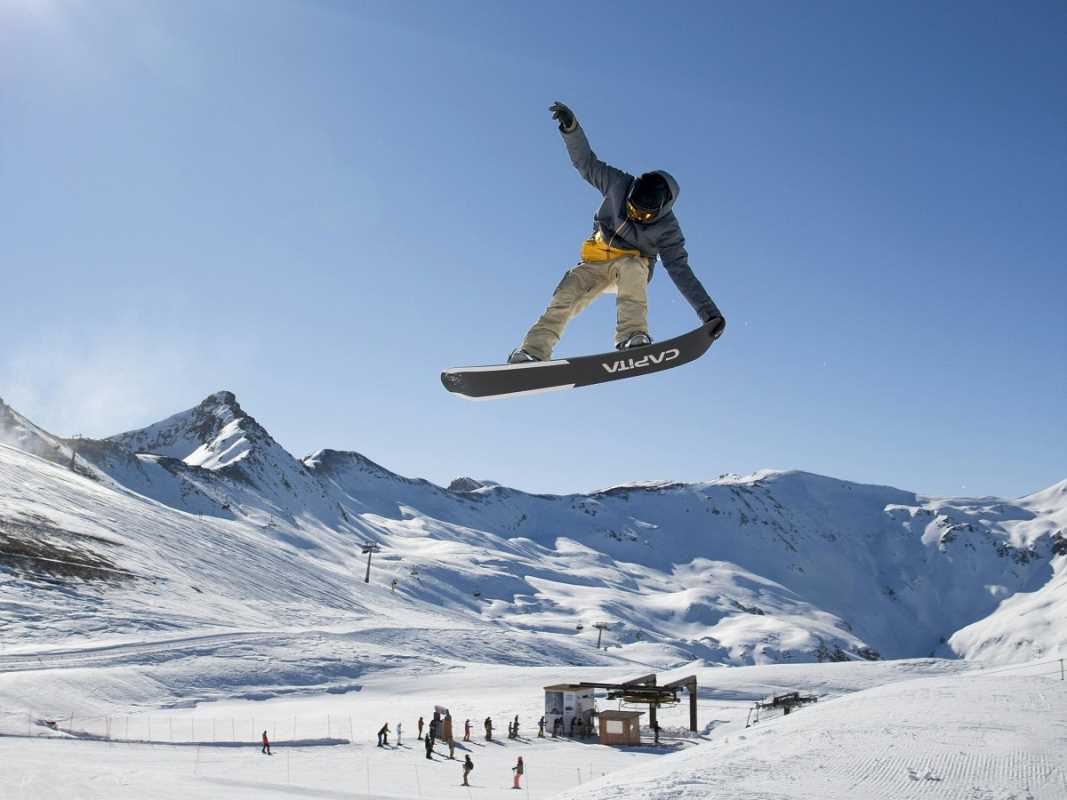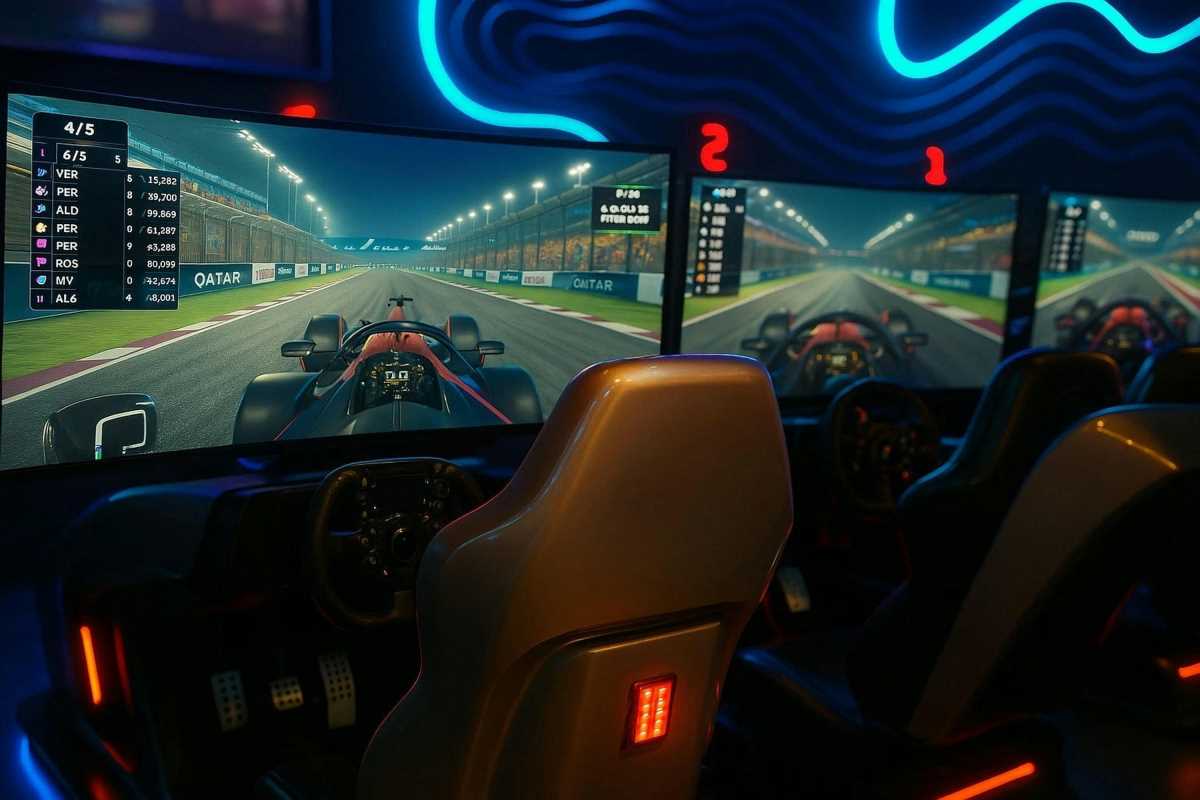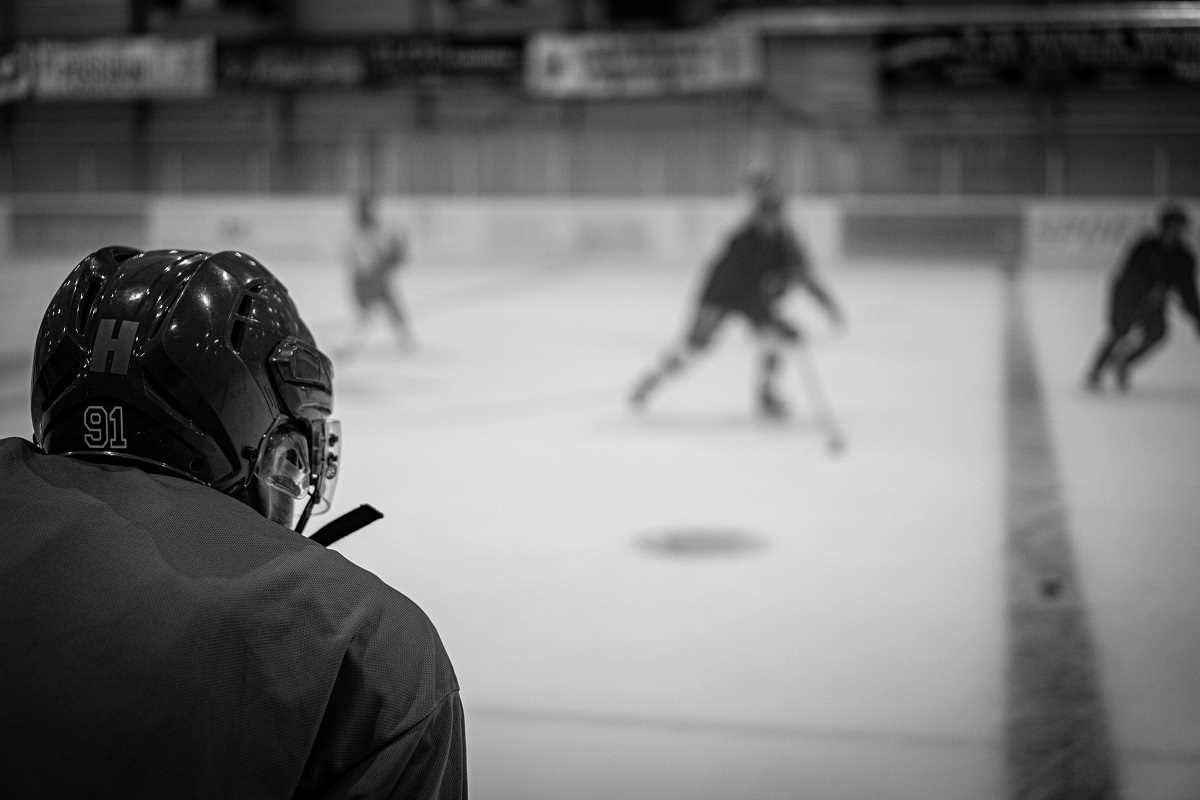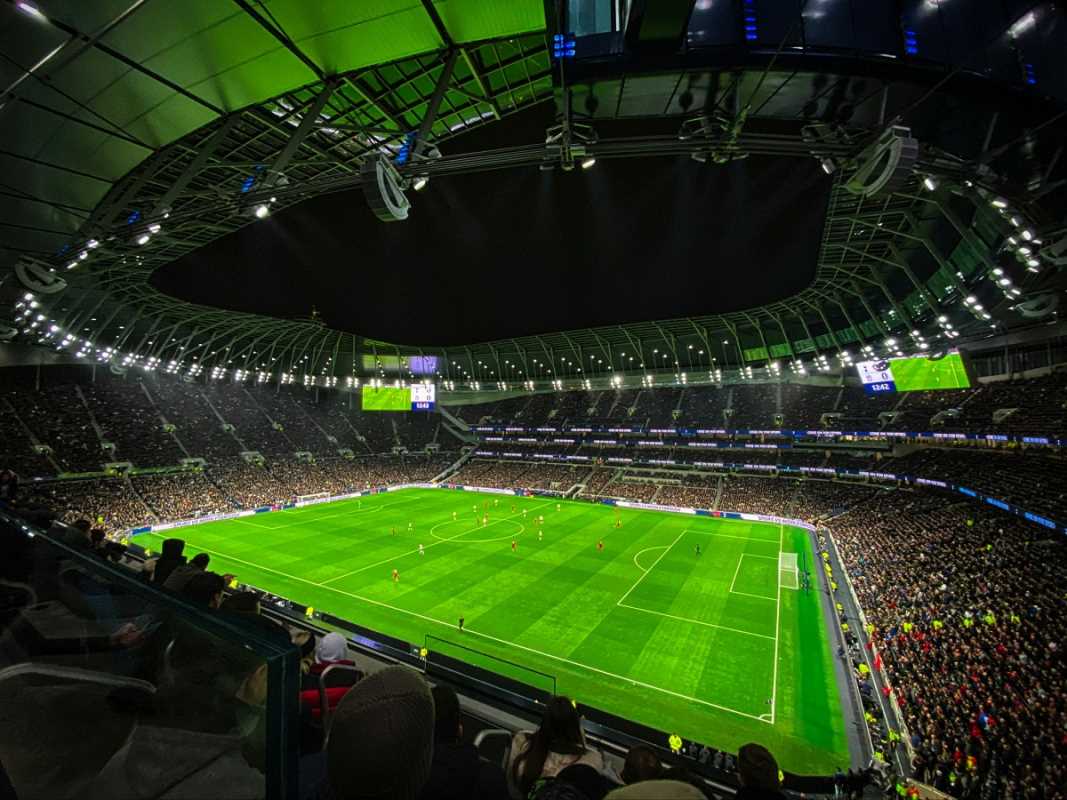Every high-speed race draws excitement not only from the cars hurtling down the straightaways but also from the action-packed moments in the pit lane. Behind the scenes, skilled crews execute complex routines with remarkable speed and accuracy, making each pit stop a critical part of the competition. The intensity in the pit lane grows with every passing second, as teams work to shave off precious time and gain an edge over rivals. Exploring the fast-paced environment of pit stops reveals how seamless communication and quick thinking can completely alter the course of a race, highlighting the teamwork and expertise that fuel motorsport victories.
This exploration of pit crew maneuvers peels back layers of complexity to reveal the carefully orchestrated actions required when racing against the clock. Whether you follow the adrenaline of the race from the stands or at home, learning about these tactics sharpens your appreciation for the sheer skill involved behind the scenes.
The High-Stakes World of Pit Stops
Pit stops play a pivotal role in every race, standing as the defining moments that can propel a team to victory or turn the tide in an instant. The intensity within this space is driven by the need for accuracy, speed, and proper synchronization among each member. The fleeting seconds spent in the pit lane show the delicate balance between risk and reward.
Several elements make pit stops critical:
- Deciding quickly under pressure
- Ensuring precision in every movement, from tire changes to fuel adjustments
- Building a deep level of trust among team members
- Adapting to unexpected race conditions
These factors guarantee that every pit stop is a unique blend of technique and instinct, leaving nothing to chance and everything to thorough practice and coordination.
Key Roles on a Pit Crew
Behind every well-executed pit stop, a team of specialists each with a specific role contributes to the entire operation. Breaking down their responsibilities provides insight into the intense teamwork needed for a flawless performance during a race. Their expertise allows them to work together seamlessly, ensuring the car gets back on track in record time.
The main crew positions include:
- Jack Operator: Lifts the car quickly and safely.
- Tire Changer: Removes and reattaches tires with exact timing.
- Lug Nut Technician: Secures each wheel to the proper torque.
- Fueler: Replenishes the car’s fuel, balancing speed and safety.
- Stabilizer/Coordinator: Manages tool movement and supports smooth communication.
Each role has a distinct responsibility, and performing these tasks under extreme pressure requires extraordinary precision.
Essential Pit Crew Tactics and Strategies
Executing a successful pit stop depends on careful planning and flawless teamwork. Crew members train rigorously, often simulating race conditions repeatedly to perfect every detail. They focus not just on physical speed but also on mental readiness and quick responses when unexpected challenges occur.
Using cutting-edge techniques and technologies ensures that every member plays a vital role. When discussing these operations, the pit crew exemplifies synchronized, high-pressure performance. Techniques include advanced communication systems, precise timing algorithms, and endless drills that turn split seconds into structured excellence.
Breaking Down Real-Life Pit Stop Scenarios
Real races provide a glimpse into the high-wire act that happens during pit stops. Watching different scenarios shows how a crew adjusts tactics based on conditions like tire wear, fuel levels, or weather. Variations in execution can decide whether they seize an opportunity or face a setback on the track.
Comparing pit stop tactics reveals differences such as:
- Some teams rely on ultra-fast, almost mechanical movements, while others focus on error-proof methods under pressure.
- A quick, high-risk approach can beat close competitors, but a more measured stop might save crucial seconds in complex conditions.
- Environmental factors sometimes require crews to modify standard procedures, highlighting the importance of flexibility and awareness of the situation.
These comparisons not only show the diversity of approaches but also emphasize the need to adapt tactics to specific race conditions.
Pro Tips to Watch and Appreciate Pit Crew Performance
Knowing the details of pit stops increases your engagement when watching the race unfold. Observing the coordination and efficiency of the team can turn casual viewing into a meaningful appreciation of the sport. Fans who notice these details often discover the subtle art of split-second precision that influences a race’s outcome.
If you want to deepen your understanding of the mechanics behind each move, consider these practical tips:
- Focus on one team member at a time to see how each role contributes to the final result.
- Compare different teams to spot differences in speed and technique during pit stops.
Notice the remarkable speed, coordination, and skill at each pit stop, and appreciate the sport even more with every race.
 (Image via
(Image via





